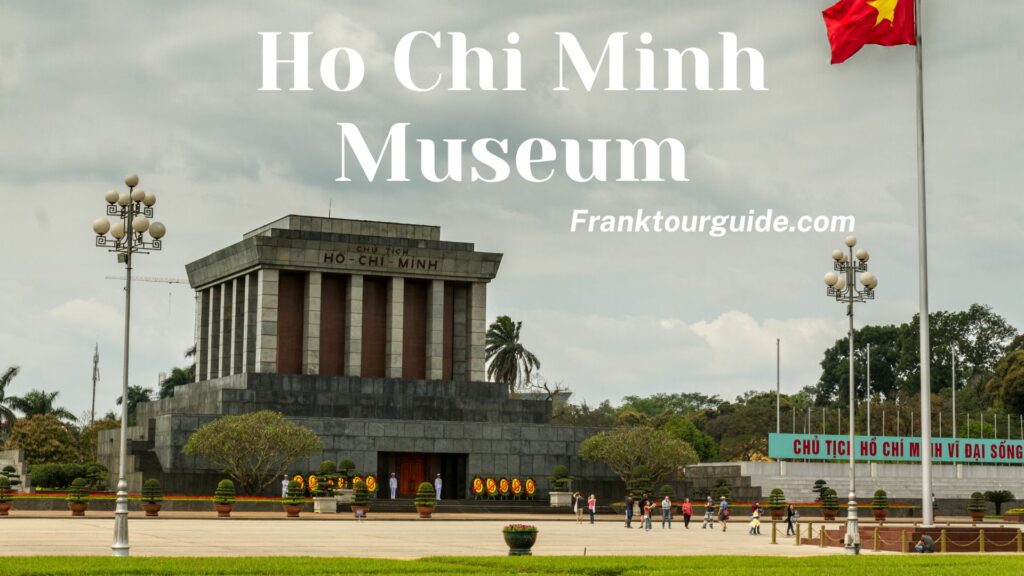When visiting Hanoi, one of the most meaningful cultural and historical experiences you can have is exploring the Ho Chi Minh Museum, located within the heart of the Ho Chi Minh complex. This museum is not only a place to learn about the life and legacy of President Ho Chi Minh, but also a journey through Vietnam’s history, its struggle for independence, and its vision for the future.
In 2025, Vietnam celebrates the 80th anniversary of National Day (September 2, 1945 – September 2, 2025), making a visit to this site even more significant. The museum becomes a living tribute to the ideals, values, and sacrifices that shaped modern Vietnam.
1. Introduction to the Ho Chi Minh Museum
The Ho Chi Minh Museum was inaugurated on May 19, 1990, marking the 100th birthday of President Ho Chi Minh. The museum’s unique lotus-shaped design symbolizes purity, dedication, and the deep respect that Vietnamese people hold for their leader.
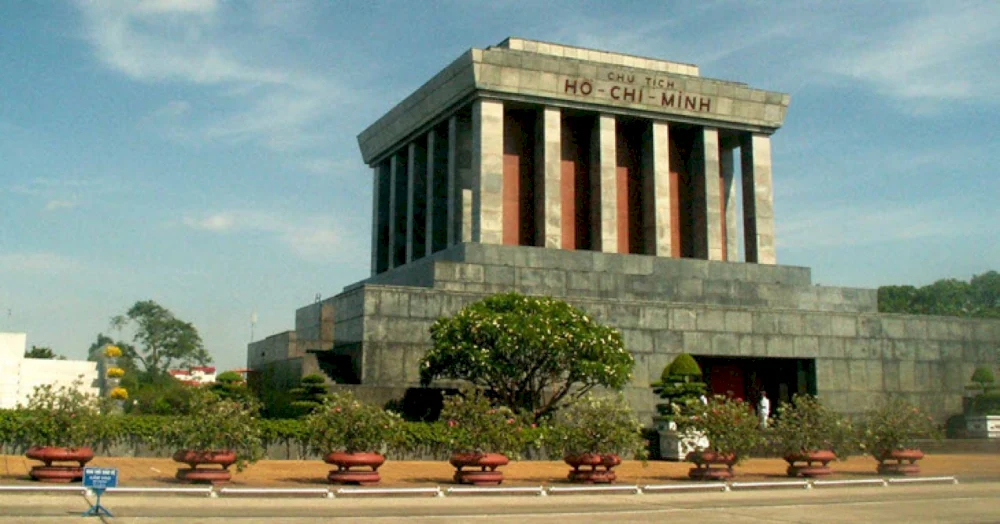
Inside, visitors can explore a vast collection of artifacts, photographs, and documents detailing the President’s life, from his early years in Nghe An province to his tireless efforts for Vietnam’s independence. The museum also presents historical events in the global context, showing how the country’s liberation movement connected with international struggles for freedom.
2. Location and Ho Chi Minh Complex Overview
The museum is part of the Ho Chi Minh complex, an important heritage site in Hanoi that also includes:
-
Ho Chi Minh Mausoleum – where visitors can pay their respects to the preserved body of President Ho Chi Minh.
-
Presidential Palace – the former French colonial building where Ho Chi Minh worked (he chose not to live inside but in a simple stilt house nearby).
-
Uncle Ho’s Stilt House – a humble wooden house on stilts where he lived from 1958 to 1969.
-
One Pillar Pagoda – an iconic Buddhist structure symbolizing purity and good fortune.
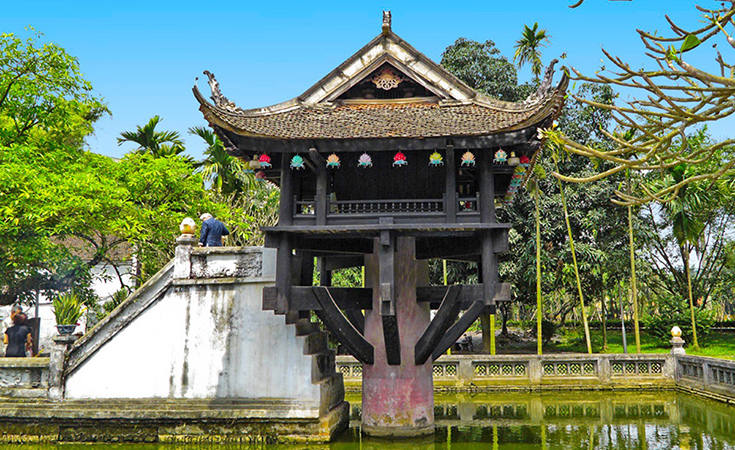
The entire complex offers a deep insight into the personal and political life of Vietnam’s most respected leader.
3. Ho Chi Minh Complex Opening Hours and Ticket Information
Before visiting, it’s important to know the Ho Chi Minh mausoleum opening hours 2025:
-
Ho Chi Minh Museum:
-
Open: 8:00 – 12:00, 14:00 – 16:30 (Tuesday – Thursday, Saturday, Sunday)
-
Closed: Monday and Friday afternoons.
-
-
Ho Chi Minh Mausoleum:
-
Open: 7:30 – 10:30 (Tuesday – Thursday, Saturday, Sunday)
-
Closed: Monday, Friday, and annual maintenance (usually September – November).
-
Entrance Fee:
-
Ho Chi Minh Museum: 40,000 VND for adults (discounts for students and children).
-
The Mausoleum is free of charge, but dress modestly and follow respectful behavior guidelines.
4. What to See Inside the Ho Chi Minh Museum
The museum’s exhibitions are organized into thematic sections:
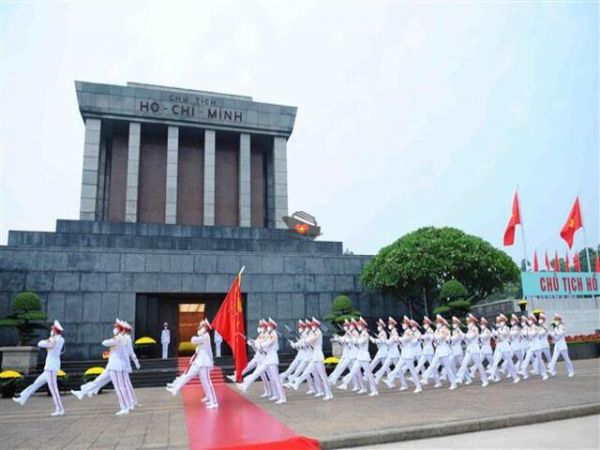
-
Early Life and Education – Discover his upbringing, his passion for learning, and his exposure to revolutionary ideas.
-
Overseas Journey – Follow his path through more than 30 countries as he searched for ways to liberate Vietnam.
-
Leadership in the Struggle for Independence – Learn how President Ho Chi Minh founded the Communist Party of Vietnam and led the August Revolution in 1945.
-
The Vietnam War and Reconstruction – Understand the challenges Vietnam faced during wartime and the reconstruction period.
-
International Relations – Explore his diplomatic efforts and friendships with leaders around the world.
Each exhibit is designed to immerse visitors in history through creative displays, multimedia presentations, and preserved personal belongings.
5. Visiting During the 80th Anniversary of National Day
The 80th anniversary of Vietnam’s National Day in 2025 is a momentous occasion. On September 2, 1945, at Ba Dinh Square – just steps away from the Ho Chi Minh complex – President Ho Chi Minh read the Declaration of Independence, marking the birth of the Democratic Republic of Vietnam.

During this anniversary year, the museum will likely host special exhibitions, commemorative events, and guided tours focusing on that historic moment. The atmosphere in Hanoi will be vibrant, with flags, banners, and cultural performances celebrating eight decades of independence.
6. Tips for a Meaningful Visit
-
Arrive Early – To avoid crowds, especially at the mausoleum.
-
Dress Respectfully – Shoulders and knees should be covered.

-
Follow the Rules – Photography is restricted in certain areas, especially inside the mausoleum.
-
Hire a Guide – A knowledgeable local guide can provide deeper insights and help you understand the exhibits better.
-
Plan 2–3 Hours – Enough time to explore both the museum and other parts of the Ho Chi Minh complex.
7. How to Get There
The Ho Chi Minh Museum is located at 19 Ngoc Ha Street, Ba Dinh District, Hanoi. You can easily reach it by taxi, motorbike, or on foot if staying nearby. Public buses also have stops close to the complex, and many city tours include it in their itinerary.
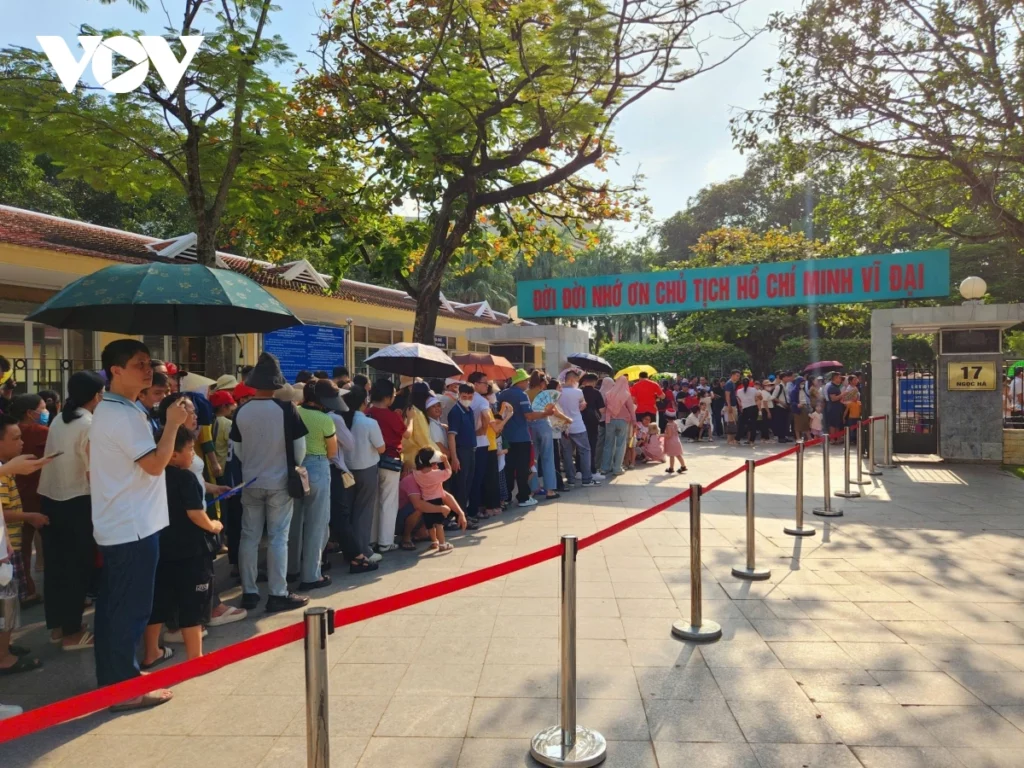
8. Why the Ho Chi Minh Museum Matters
Visiting the Ho Chi Minh Museum is not just about seeing historical artifacts; it’s about connecting with the spirit of a nation and understanding the values that have shaped Vietnam. President Ho Chi Minh was more than a political leader – he was a symbol of resilience, humility, and unity.

For international visitors, it’s a chance to see how history, culture, and personal sacrifice intertwine to form the identity of modern Vietnam. For Vietnamese people, it’s a place to remember and honor the man who devoted his entire life to the country’s independence.
If you want to explore the Ho Chi Minh Museum as part of a broader Hanoi experience, consider joining a Hanoi city tour. These tours often include the Ho Chi Minh complex, the Old Quarter, the Temple of Literature, and other cultural highlights, giving you a complete picture of the capital’s history and charm. Whether you have just one day or several, a guided city tour ensures you don’t miss the most iconic landmarks of Hanoi while gaining deeper insights from knowledgeable local guides.




